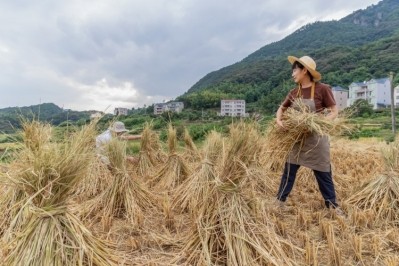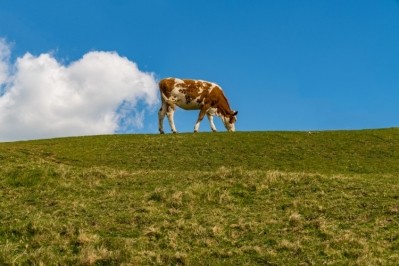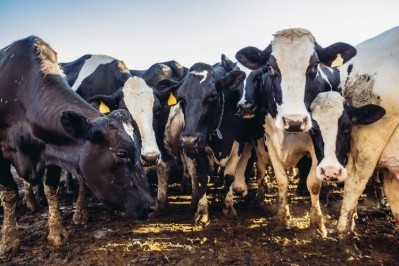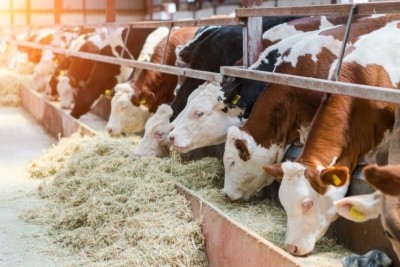Largest US dairy state could be climate-neutral by 2027 – study
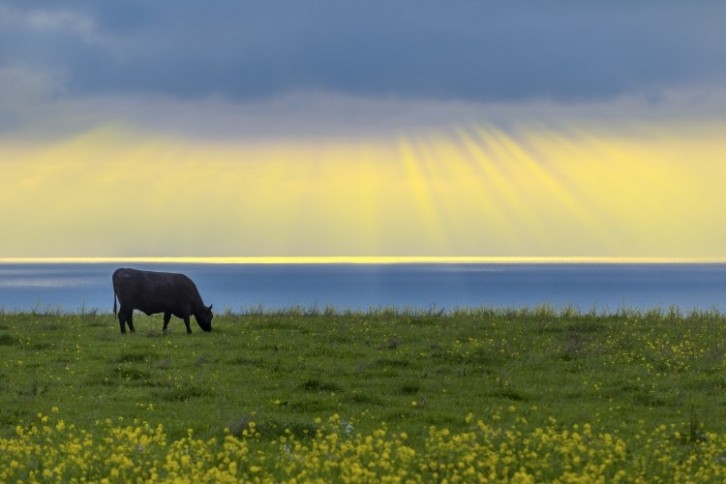
California is the leading dairy-producing state in the US and is currently required to cut down its methane emissions by 40% before 2030. To reach climate neutrality, however – so-called net zero - the industry would have to cut all greenhouse gas (GHG) emissions and compensate for any remaining emissions. And according to a newly-published peer-reviewed paper, the state’s dairy sector is well-positioned to accomplish this task.
Researchers from University of California, Davis (UC Davis) assessed the climate impact of California's dairy farming by considering the warming potential and lifecycle of methane. The scientists used the global warming potential star (GWP*) accounting system developed at University of Oxford, UK, which is considered a more accurate metric for estimating the impact of methane on the atmosphere. For example, GWP* captures the contrasting impacts of short- and long-lived GHGs rather than calculating straight carbon dioxide equivalents (CO2e) as does the older, commonly used metric, GWP100. The study suggested that due to methane’s short lifespan in the atmosphere, if more methane is taken out than is being emitted, this could offset past warming contributions.
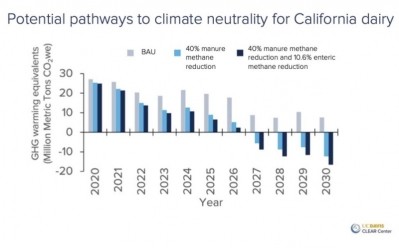
“If the dairy sector can continue to decrease methane, it can reduce its warming contribution,” said Frank Mitloehner, one of the authors of the paper and an animal scientist and air quality specialist/director of the CLEAR Center at UC Davis. “Other sectors of society can’t do that as easily, but dairy can because the main greenhouse gas it produces is methane. If we reduce that methane, not only can we reach climate neutrality, but we can also chip away at historical emissions, and the sector can become part of a climate solution.”
Thumbs up for feed additives and digesters
The paper also offers a science-backed projection of how methane mitigation strategies that the dairy industry is leveraging – from methane-reducing feed additives to dairy digesters – could reduce Californian dairies’ climate impact. The researchers modeled three scenarios – ‘business as usual’, where annual emissions remain constant; reducing methane emissions from manure by 40% through anaerobic digesters; and reducing methane from manure by 40% and enteric methane emissions by 10.6% by utilizing 3-NOP in the feed of one third of all dairy cows in the state.
In short, as long as the state's dairies are able to cut methane by 40%, the sector would achieve climate neutrality – though the UC Davis researchers warned that in order to be successful, there must be ‘continued research and bringing to market new methane-reducing technology’ while policymakers ‘must make it advantageous’ for dairy farmers to implement climate-smart solutions.
According to the paper, ‘widespread adoption’ of methane-reduction projects is crucial if the sector is to turn these projections into reality. Currently, more than 250 dairy farms have implemented a methane reduction project, we were told – but there are around 1,100 dairy farms across the state in total, according to the California Milk Advisory Board.
Denise Mullinax, executive director of the non-profit foundation California Dairy Research Foundation (CDRF), said: “Many producers throughout the state have already implemented methane-reducing or methane-avoiding technologies on their dairies and have helped set the California dairy sector on a path to meeting the ambitious requirements of SB 1383. The pathways outlined in this study show the incredible potential our industry has in going beyond those requirements - to become climate neutral."
In 2022, CDRF was among the organizations that received USDA funding under the Partnerships for Climate-Smart Commodities scheme; CDRF was slated to receive up to $58m to advance climate-smart dairy farming initiatives, e.g. provide financial incentives to Californian farmers to adopt sustainable manure management practices to reduce methane and nitrogen surplus.
Mitloehner added: “What's most exciting about this study is that it shows the aggressive methane reductions the dairy sector has pursued will not only lead to a point in which they are no longer adding warming to the atmosphere, but can go further and chip away at historical emissions. Agriculture is one of the few sectors that can do that. The rest of the world is looking at how California is reducing methane, and sees that significant reductions are possible and have big impact on a sector's climate footprint.”
Source:
The path to climate neutrality for California dairies
C.J. McCabe, H.M. El Mashad, F.M. Mitloehner
Published: 2 May 2023
DOI: 10.1079/cabireviews.2023.0015
